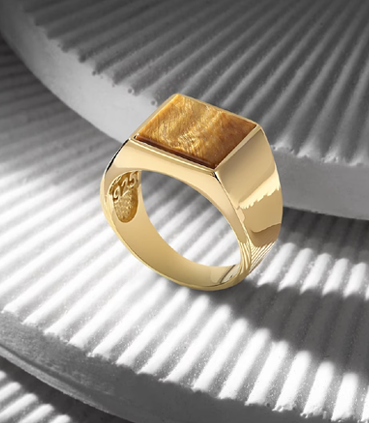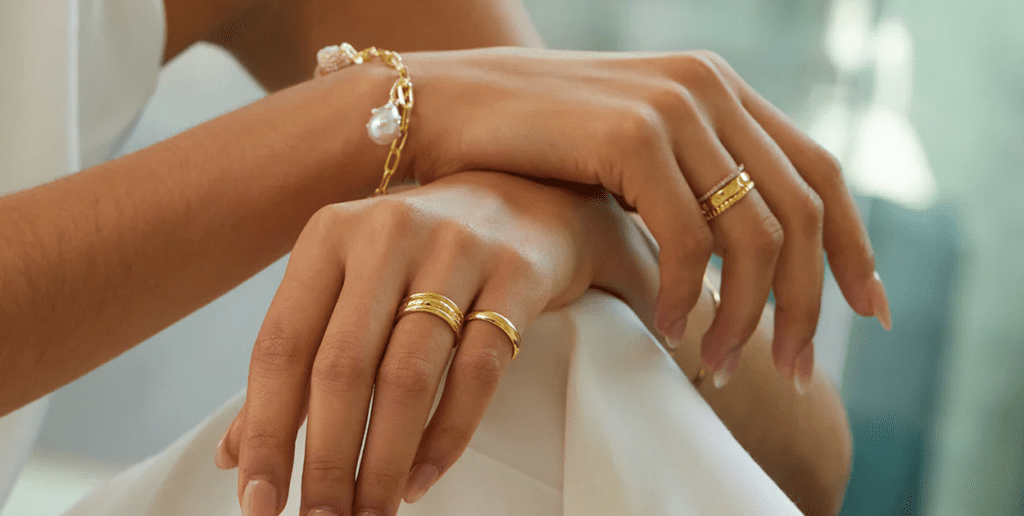Gold rings have long been synonymous with timeless elegance and enduring value. From engagement bands to family heirlooms, these shimmering symbols of love and commitment have captured the hearts and imaginations of generations. But amidst fluctuating markets and evolving trends, many ponder a crucial question: are gold rings truly worth the investment? Let’s delve into the matter and uncover the truths behind this enduring jewelry conundrum.
The allure of gold is undeniable, dating back millennia as a coveted symbol of wealth and prosperity. Its intrinsic value, coupled with its rarity and lustrous beauty, has made gold a sought-after commodity throughout history. But does this translate into a sound investment when it comes to gold rings?
First and foremost, it’s essential to understand the different types of gold and their respective value propositions. Pure gold, often referred to as 24 karat gold, is too soft for practical jewelry use. Therefore, it’s typically alloyed with other metals to enhance durability and strength. The karatage system denotes the purity of gold, with 24 karat representing 99.9% pure gold, and lower karatages indicating varying degrees of alloying.

When considering the investment potential of a gold ring, it’s crucial to assess its karatage and overall weight. Higher karat gold, such as 18 karat or 14 karat, contains a greater proportion of pure gold and thus commands a higher intrinsic value. Additionally, heavier rings will inherently contain more gold and therefore have a higher intrinsic worth.
However, it’s essential to recognize that the value of a gold ring extends beyond its intrinsic metal content. Factors such as craftsmanship, design intricacy, and brand prestige can significantly influence the overall value and desirability of a gold ring. Artisanal craftsmanship and unique design elements can elevate a gold ring from a mere commodity to a cherished work of art, potentially increasing its resale and collector’s value over time.
Furthermore, the market dynamics of gold, including supply and demand fluctuations, geopolitical factors, and economic trends, can significantly impact its investment potential. Historically, gold has served as a hedge against inflation and economic uncertainty, making it a desirable asset for investors seeking to diversify their portfolios and preserve wealth.
In the context of jewelry, gold rings hold sentimental value that transcends mere financial considerations. Whether exchanged as symbols of love and commitment or passed down through generations as cherished heirlooms, gold rings embody the profound emotions and memories associated with life’s most precious moments.
Ultimately, the decision to invest in a gold ring should be guided by a combination of financial prudence and personal sentiment. While gold rings may not offer the same liquidity and potential returns as other investment vehicles, their intrinsic value and enduring appeal make them a worthy addition to any jewelry collection.

In conclusion, gold rings are more than just monetary investments – they are tangible expressions of love, beauty, and tradition. Whether purchased for their intrinsic value, sentimental significance, or aesthetic appeal, gold rings continue to captivate hearts and stand the test of time as enduring symbols of elegance and sophistication.
